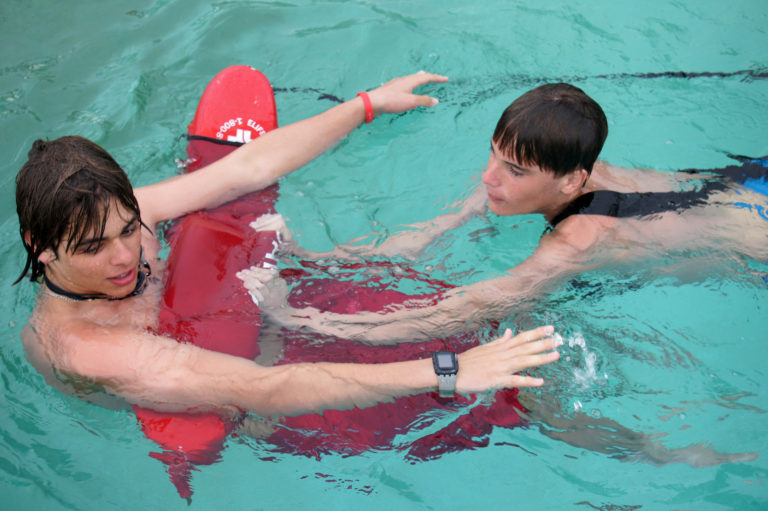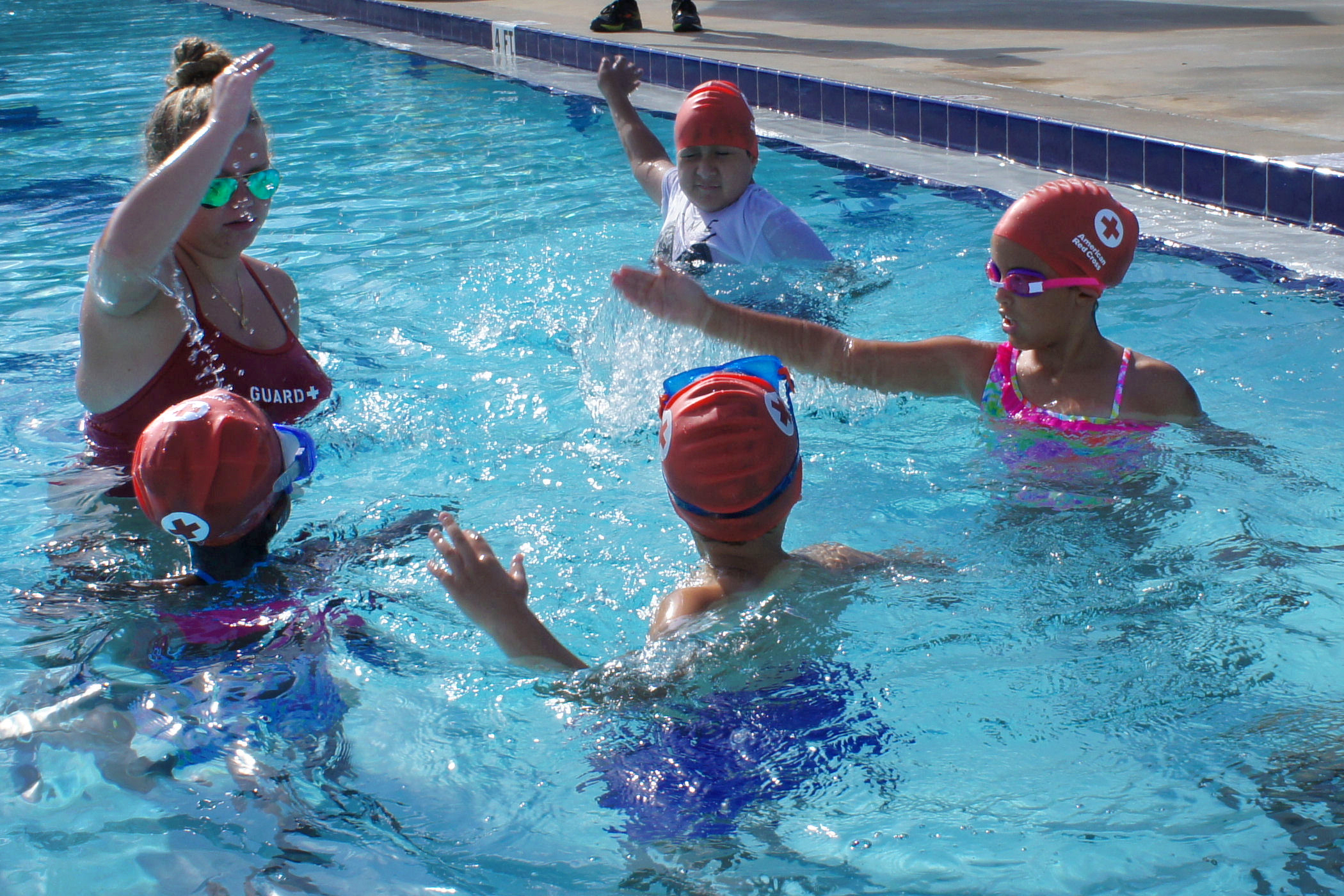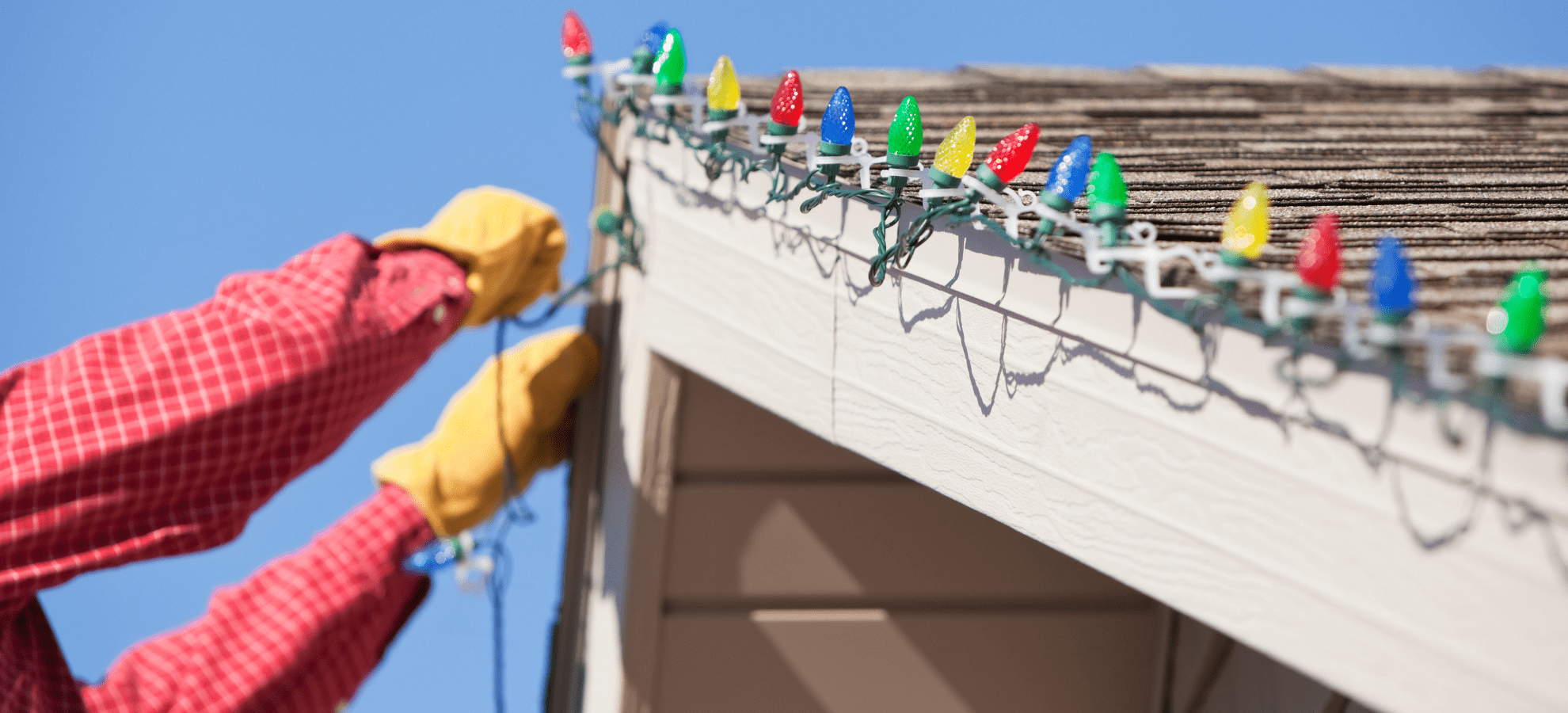by Melissa LaScaleia
Swimming is a popular summer activity, and here in Myrtle Beach, swim season is underway. Many residents take to the beaches this month, as do visitors arriving to celebrate spring break. There’s a variety of things to consider before going for a swim in the pool or ocean to ensure that you, and your family and friends, maximize your fun while staying safe.
At the beach, it’s wise as a precautionary measure, to swim in a place supervised by a lifeguard. Additionally, always swim with or have a buddy watching close by, even if there’s a lifeguard present. Jellyfish and other stinging sea creatures live in our oceans. If you’ve been injured while swimming, you may need help getting back to the shore.
Rip currents, long, narrow, powerful currents, can form in any large open water area, near sandbars or structures like jetties or piers. If you are caught in one, it will pull you further out to sea, away from the shore, and can elicit a sense of panic.
If you believe you are caught in a rip current, remain calm, and swim parallel to the shore until you feel you are out of the current. You’ll know you are when you don’t feel a pull anymore; then turn and swim to the shore. Always swim at least 100 feet away from any jetties or piers, because permanent rip currents can exist around those structures. If you feel you can’t make it to the shore, then draw attention to yourself by waving and calling for help.
Teach your children not to swim out further than a designated point, and create a swim safety plan with your family in advance. Pay attention to the flags at the beach indicating the current ocean conditions. If you’re not confident and comfortable swimming, then you can wear a U.S. coastguard approved life jacket. There will be a symbol on the life jacket itself that shows it meets their standards for safety.
Learning how to swim is always a great skill to have at any stage in life. The Red Cross is renowned for their swim classes; they’ve been teaching them for decades. They offer age-appropriate swim lessons for everyone ages six months to adults, and are constantly improving their swim programs.
The Pepper Geddings recreation center in Myrtle Beach offers discounted swimming lessons. Or, call your local aquatic center to inquire if they offer Red Cross swim classes.
One of the tenets of swim safety, is if it looks like someone is struggling in the water— reach or throw, don’t go. Jumping into the water to offer assistance can result in having two victims, as you never know how a drowning, panicked person will respond. So the Red Cross teaches— reach out to someone if they’re close enough and you feel confident. Pools have shepherd hooks on the side to use as an extension aid, and if you have a life ring or a life jacket, you can throw it as well.

To stay safe at home, ensure that pool barriers are at least four feet high with gates that close automatically. Securing the area around the pool so your children can’t go in unattended is very important. And you want to ensure that you have the proper equipment like a life ring or a hook in case somebody is drowning. If you have inflatable pools or above ground pools, make sure that you remove ladders from the pool so that children cannot go in unattended.
Even when you’re at a public pool and lifeguards are present, it’s important to pay attention to your children. It takes little time for accidents to happen, and the more eyes that you have on your children, the better— especially when dealing with crowded pools.
The Red Cross has a free emergency app with information from swim safety to hurricane preparedness. It’s the one stop shop for making sure you and your families are safe, whether you’re heading to the pool to swim or preparing for a natural disaster.

















